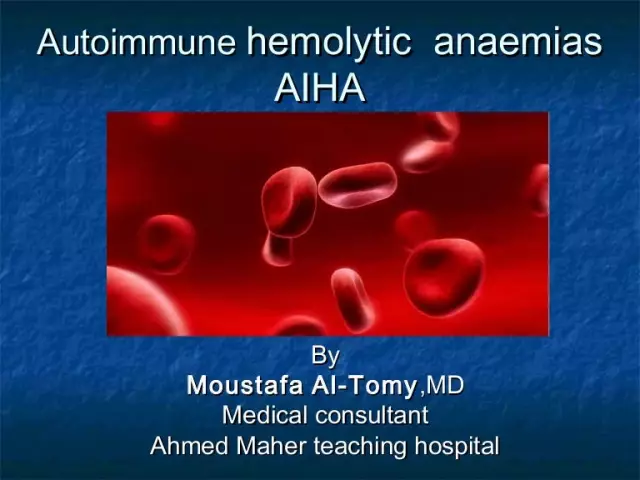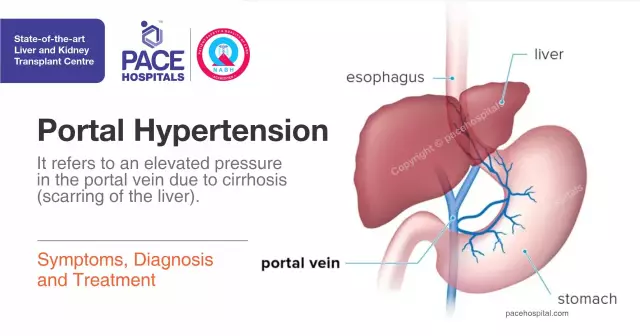- Author Rachel Wainwright [email protected].
- Public 2023-12-15 07:39.
- Last modified 2025-11-02 20:14.
Plague
What is the plague and why is it called the black death?

Plague is a serious infectious disease that leads to large-scale epidemics and often ends in the death of a sick person. It is called Iersinia pestis, a bacterium that was discovered at the end of the 19th century by the French scientist A. Yersen and the Japanese researcher S. Kitazato. At the moment, the causative agents of the plague have been studied quite well. In developed countries, outbreaks of plague are extremely rare, but this was not always the case. The first plague epidemic described in the sources happened in the 6th century on the territory of the Roman Empire. Then the disease claimed the lives of about 100 million people. After 8 centuries, the history of the plague repeated itself in Western Europe and the Mediterranean, where more than 60 million people died. The third major epidemic began in Hong Kong in the late 19th century and quickly spread to more than 100 port cities in the Asian region. In India alone, the plague has killed 12 million people. For its dire consequences and characteristic symptoms, the plague is often called the "black death". It really does not spare either adults or children and, if untreated, “kills” more than 70% of infected people.
Plague is rare today. Nevertheless, natural foci are still preserved on the globe, where infectious agents are regularly detected in rodents living there. The latter, by the way, are the main carriers of the disease. The deadly plague bacteria enter the human body through fleas, which seek new hosts after the mass death of infected rats and mice. In addition, the airborne transmission route of infection is known, which, in fact, determines the rapid spread of plague and the development of epidemics.
In our country, the regions endemic for plague include the Stavropol Territory, Transbaikalia, Altai, the Caspian Lowland and the East Ural region.
Etiology and pathogenesis
Plague pathogens are resistant to low temperatures. They are well preserved in sputum and are easily transmitted from person to person by airborne droplets. When a flea bites, a small papule, filled with hemorrhagic contents (skin plague), first appears on the affected area of the skin. After that, the process quickly spreads through the lymphatic vessels. They provide ideal conditions for the reproduction of bacteria, which leads to the explosive growth of plague pathogens, their fusion and the formation of conglomerates (bubonic plague). It is possible for bacteria to enter the respiratory system with the further development of the pulmonary form. The latter is extremely dangerous, since it is characterized by a very fast current and covers vast territories due to its intensive distribution between members of the population. If the cure for the plague starts too late,the disease turns into a septic form, which affects absolutely all organs and systems of the body, and in most cases ends with the death of a person.
Plague - symptoms of the disease
Plague symptoms appear after 2 to 5 days. The disease begins acutely with chills, a sharp rise in body temperature to critical levels, a drop in blood pressure. In the future, these signs are joined by neurological symptoms: delirium, impaired coordination, confusion. Other characteristic manifestations of the Black Death depend on the specific form of infection.
- bubonic plague - enlarged lymph nodes, liver, spleen. The lymph nodes become hard and extremely painful, filled with pus, which eventually breaks out. Incorrect diagnosis or inadequate treatment of plague leads to the death of the patient 3-5 days after infection;
- pneumonic plague - affects the lungs, patients complain of cough, profuse sputum discharge, in which there are blood clots. If you do not start treatment in the first hours after infection, then all further measures will be ineffective and the patient will die within 48 hours;
- septic plague - symptoms indicate the spread of pathogens literally throughout all organs and systems. A person dies within a day at most.
Doctors also know the so-called minor form of the disease. It manifests itself as a slight rise in body temperature, swollen lymph nodes and headache, but usually these signs disappear on their own after a few days.
Plague cure

Plague is diagnosed based on laboratory culture, immunological methods and polymerase chain reaction. If a patient is diagnosed with bubonic plague or any other form of this infection, then he is immediately hospitalized. When treating plague in such patients, medical staff must observe strict precautions. Doctors should wear 3-layer gauze bandages, goggles to prevent phlegm from getting on the face, shoe covers, and a cap that completely covers the hair. If possible, special anti-plague suits are used. The compartment in which the patient is located is isolated from other premises of the institution.
If a person has bubonic plague, streptomycin is injected intramuscularly 3-4 times a day and tetracycline antibiotics are administered intravenously. In case of intoxication, patients are shown saline solutions and hemodesis. A decrease in blood pressure is considered as a reason for emergency therapy and resuscitation measures in case of an increase in the intensity of the process. Pneumonic and septic forms of plague require an increase in antibiotic doses, immediate relief of intravascular coagulation syndrome, and the introduction of fresh blood plasma.
Thanks to the development of modern medicine, large-scale plague epidemics have become very rare, and currently the mortality rate of patients does not exceed 5-10%. This is true for those cases when the treatment of plague begins on time and complies with the established rules and regulations. For this reason, if there is any suspicion of the presence of plague pathogens in the body, doctors are obliged to carry out an urgent hospitalization of the patient and warn the authorities involved in controlling the spread of infectious diseases.
YouTube video related to the article:
The information is generalized and provided for informational purposes only. At the first sign of illness, see your doctor. Self-medication is hazardous to health!






